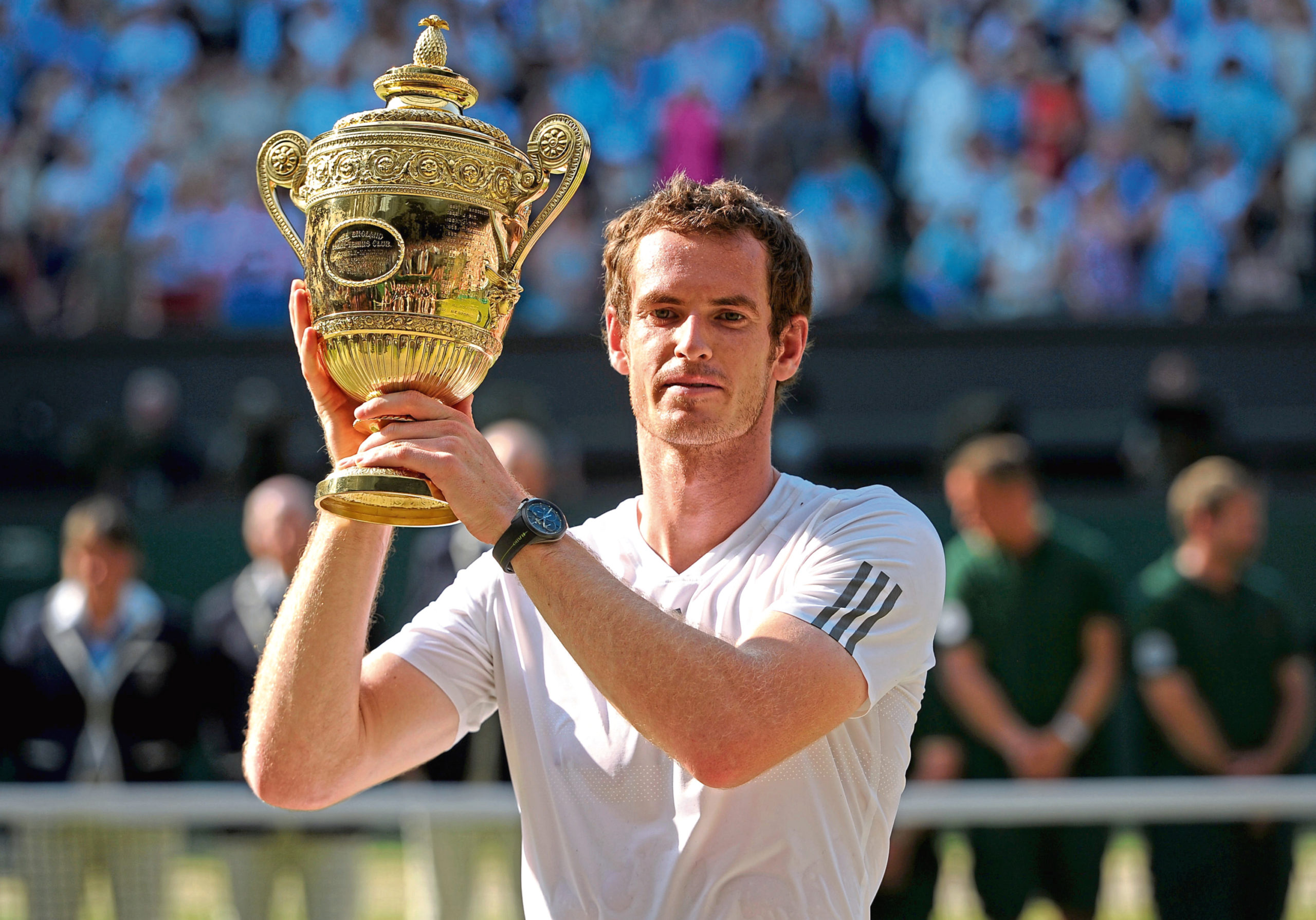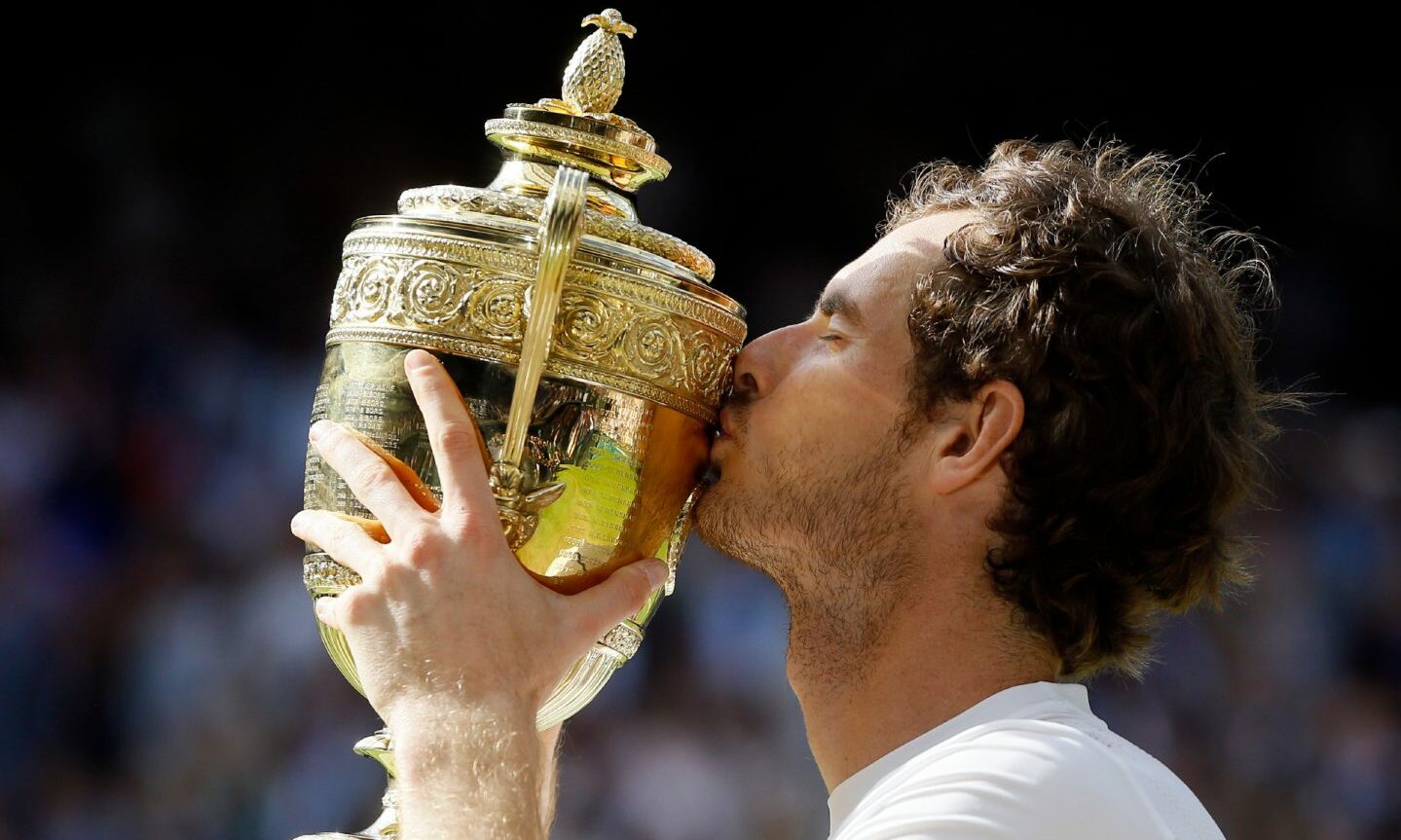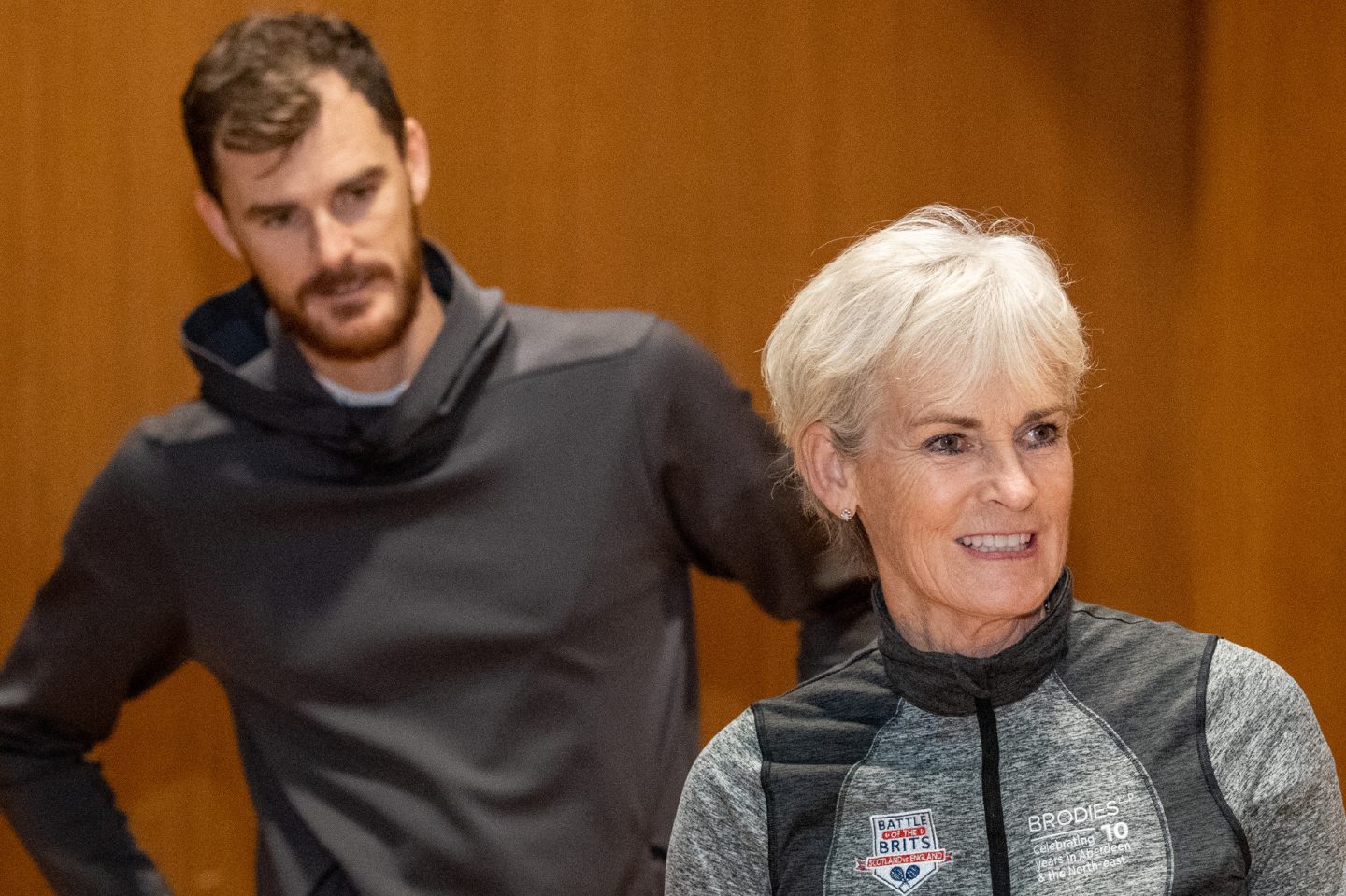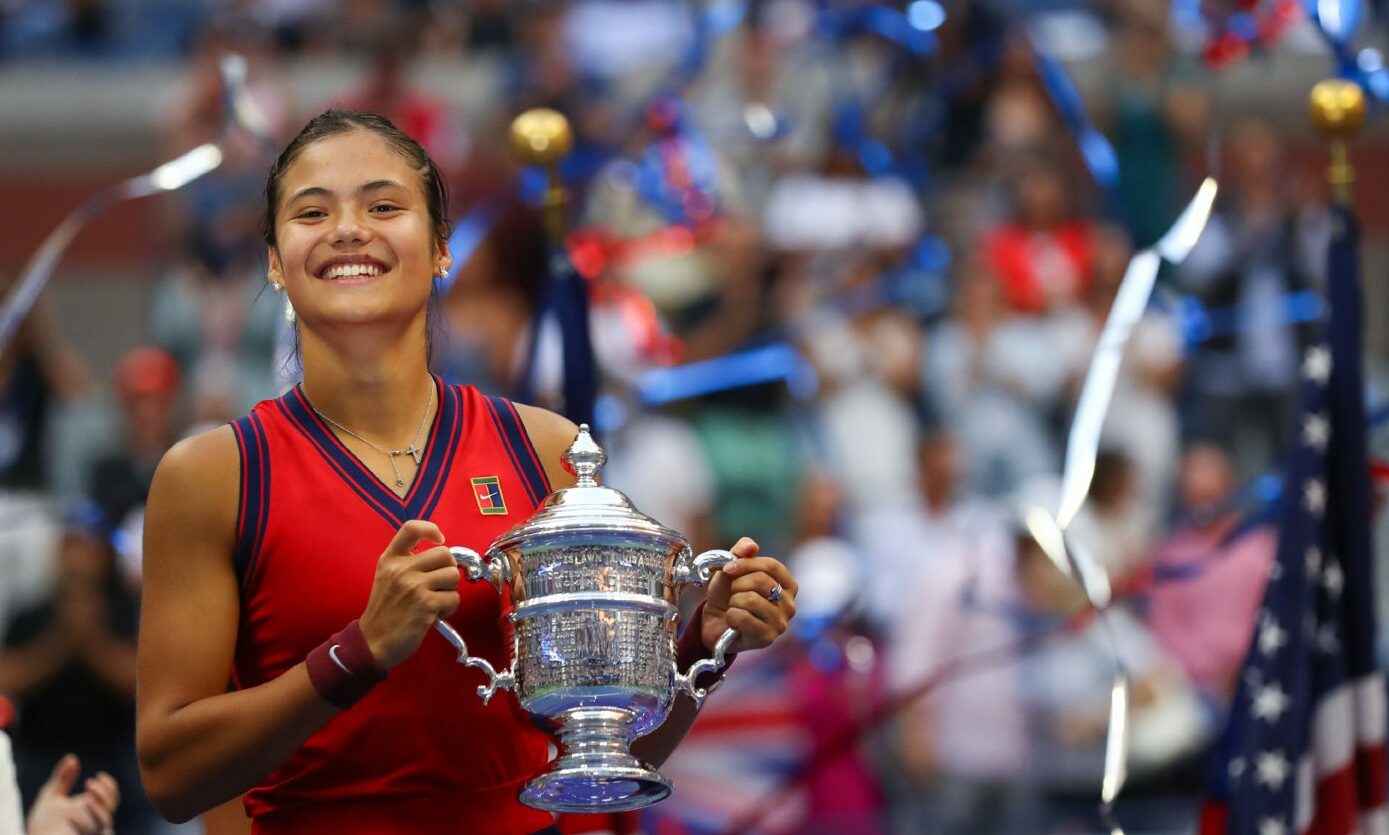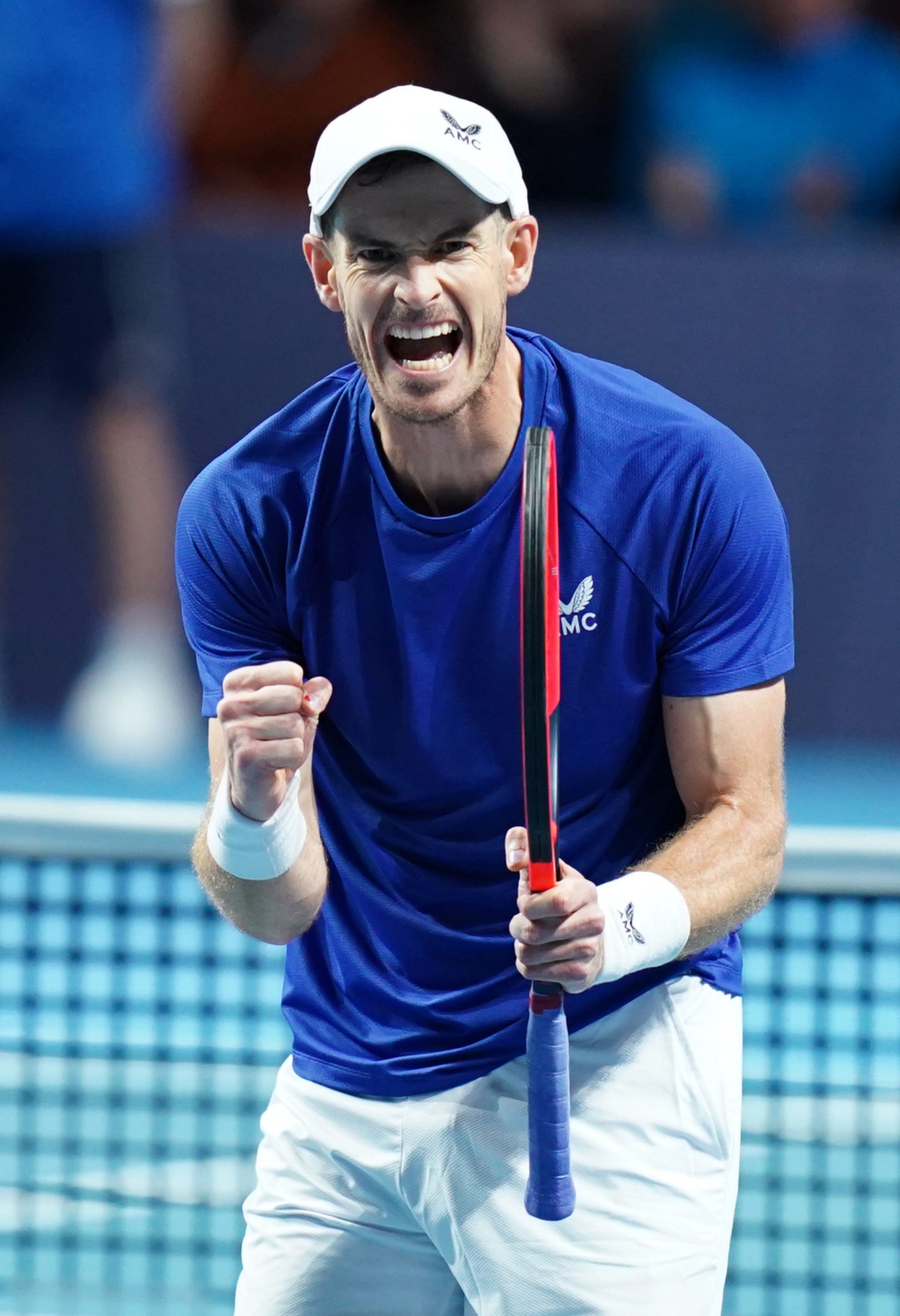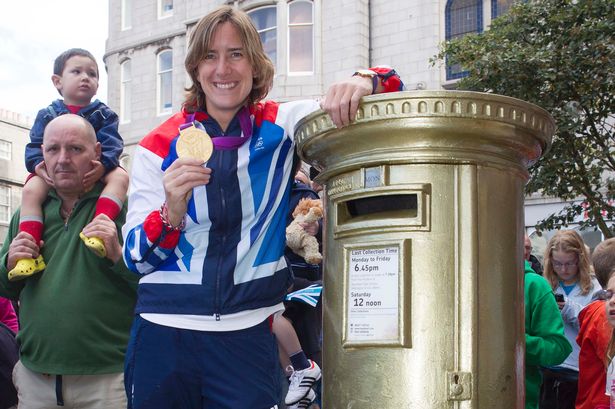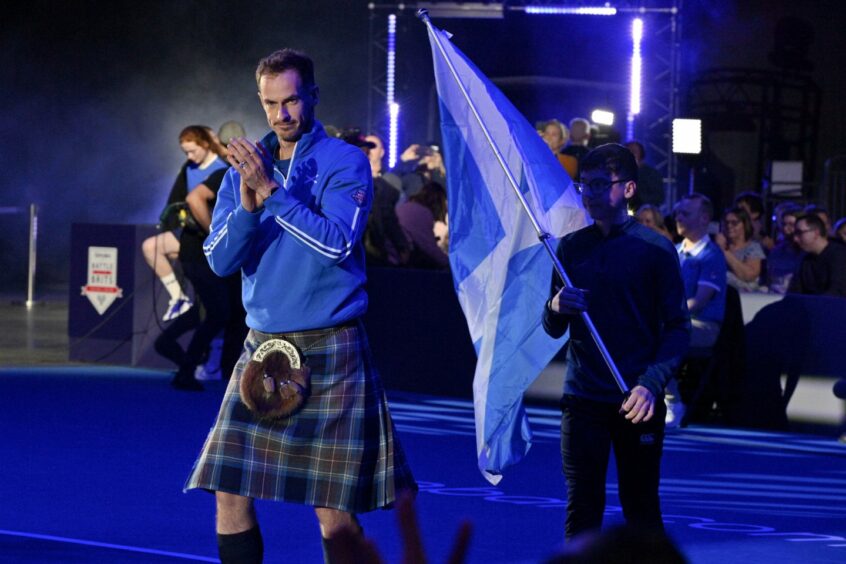
It still seems like a glorious dream; the triumph of a lawn ranger who sent the Wimbledon crowd into hysterics with a victory of momentous importance.
But it’s 10 years since Andy Murray, unfazed by a preposterous burden of expectation from the Centre Court audience and millions of TV viewers, produced a barnstorming performance to defeat Novak Djokovic in straight sets to become the first British man to win the singles title at the hallowed venue since 1936.
At the climax, as the Scot reflected on what he had just achieved, there was nothing in his mind. “I have no idea what happened. I don’t know how long it was. Sorry.”
However, once the dust settled, and the cognoscenti focused on how Murray had put his body through the wringer to produce a string of recoveries worthy of Lazarus, oblivious to the stifling heat as he gradually pummelled the world No 1 into the green grass, there was plenty of talk about how his exploits would spark a transformation in a pursuit widely perceived as being the preserve of the Pimms-and-strawberry select.
A patchy legacy
Perhaps, that perspective was unfair, and one can’t fault the energy, enterprise and efferverscence of the whole Murray clan, from Andy and his tally of three major titles, to his brother Jamie, a seven-time Grand Slam doubles and mixed doubles champion, and their mother, Judy, who has travelled the country encouraging youngsters, regardless of age or background, to pick up a racquet and try out the game for themself.
Yet, even as Andy, now 36, gears up for a potentially final appearance at Wimbledon in the next few weeks, the reality is that any legacy from him and his family’s myriad accomplishments is at best patchy, at worst a sorry indictment of the authorities who have created almost nothing enduring from a gift-wrapped opportunity.
The Murrays know that themselves. The siblings even joined forces to win the Davis Cup for Britain without requiring help from anybody else in 2015. But, for all their heroics on courts of all varieties, there has always been more momentum from them than those among the blazerati tasked with overseeing the future.
Building momentum
Jamie told me, in the build-up to last December’s Schroders Battle of the Brits at the P&J Live: “It’s all about building up from the grassroots and increasing the playing numbers. You don’t start out looking to produce another Andy Murray, but the more youngsters you draw into the sport, the more you can build up momentum.
“My mum is trying her best, but I think she needs a lot more help than what she has been getting. The governing bodies could obviously be a lot more active and proactive in what they’re doing to try to grow the game and I think people forget fast.
“We will stop playing in probably the next two to four or five years’ time and there will have been a 20-year period where they [the authorities] had an opportunity to really grow the sport around the country. The chances of that happening, once we stop, will significantly decrease if we don’t have people at the top of the game to continue.”
A Murray Academy?
Judy can’t be faulted for her unstinting commitment to spreading the grassroots gospel. And some clubs have proved willing to listen to her message. The word “legacy” is often overused in sport, considering that players of the calibre of Murray, Djokovic, Rafael Nadal and Roger Federer don’t come along very often and can’t be mass-produced.
But shouldn’t there at least be a Murray Academy somewhere in Scotland? Or even a network of venues designed to bring the best talent from different regions together? It’s not as if his success happened by accident, but because of his determination to push himself ever higher which saw him relocating to Spain as a teenager 20 years go.
Dave Macdermid, a Tennis Scotland director between 2008 and 2015, spoke frankly about the issues in piercing the grass ceiling which exist in the sport in Britain.
The Aberdonian told the P&J: “There is little doubt that Andy, as arguably the greatest ever sportsperson the country has ever produced, will leave a legacy, as will Jamie and Judy, but in answer to whether Scotland and indeed the UK has done sufficient to promote and build on their achievements, the answer has be probably not, although there are mitigating factors that come into play.
It’s still considered a minority sport
“Some years ago, there was talk of Andy Murray centres being built around the country and, although there was almost 100 expressions of interest, not one was built.
“Being an individual sport, tennis courts are expensive to construct when reduced to a cost per person and realistically, due to our climate, they have to be indoor facilities.
“And acquiring a sustainable financial model for tennis facilities is always going to be a challenge when for many, if not most, it’s still considered to be a minority sport, other than during the two weeks of Wimbledon.”
Sportscotland confirmed to us that, in the last 10 years, it has invested more than £4.5m in Tennis Scotland’s core activities and over £4.2m for the construction or improvement of tennis courts [across the country].
A spokeswoman said: “Andy and Jamie are generational talents and their achievements on the world stage have rightly earned them a place in Scottish sporting history.
“Players like Andy and Jamie, and Gordon Reid, can inspire more people to participate in tennis and it’s important that the infrastructure is in place for them to do so.
We want to offer more opportunities
“We remain committed to continuing to work strategically with Tennis Scotland, our local partners and clubs and communities across Scotland to increase and improve tennis court provision where there is demand. We also work closely with Tennis Scotland to support the development of coaches at every level.
None the less, it wouldn’t be surprising if Judy felt let down by Tennis Scotland being too often led by the Lawn Tennis Association, which, despite profiting from the international allure of Wimbledon, made an overall loss of £16.4m last year.
And, according to veteran Scottish sports journalist Bill Lothian, there’s a widespread feeling that the Murrays could have been the perfect poster boys for a different breed of player with a desire to wear their heart on their sleeve and show genuine passion.
What about a Murray Tennis Centre?
As Bill said: “The definitive word on Andy Murray surely goes to comedian Kevin Bridges who said: ‘Who else could get the two hardest men in the roughest Glasgow pub arguing whether Djokovic could beat Nadal on clay?’
“But, as to whether Scottish tennis has capitalised on the brothers, I suspect the answer may not be known until they retire. What about a ‘Murray Tennis Centre” anyone?’
“Ultimately, though, when Judy came to open our club’s re-laid courts, she didn’t just cut a ribbon. She stayed for five hours coaching juniors. Now, that is impact!”
Perhaps the last word should go to another Scottish Olympic champion, Dame Katherine Grainger, who is now the chairwoman of UK Sport.
The gold-medal-winning rower told the P&J: “It’s not just Andy’s achievements that are remarkable but everything else he does so well: his impressive longevity, his ferocious competitiveness that appears undimmed, the belief in his game, a refusal to lower the incredibly high standards he sets for himself and defiance in the face of serious injury.
“I also love that we see the same passion he has on the court in situations off the court – his unafraid challenge and questioning of things he believes to be wrong, his regular championing of women’s tennis, the humour he increasingly shows.
“I feel, as time has gone on, we have increasingly seen more of Andy and I think the public, including me, love him and feel very proud of him for that.”
